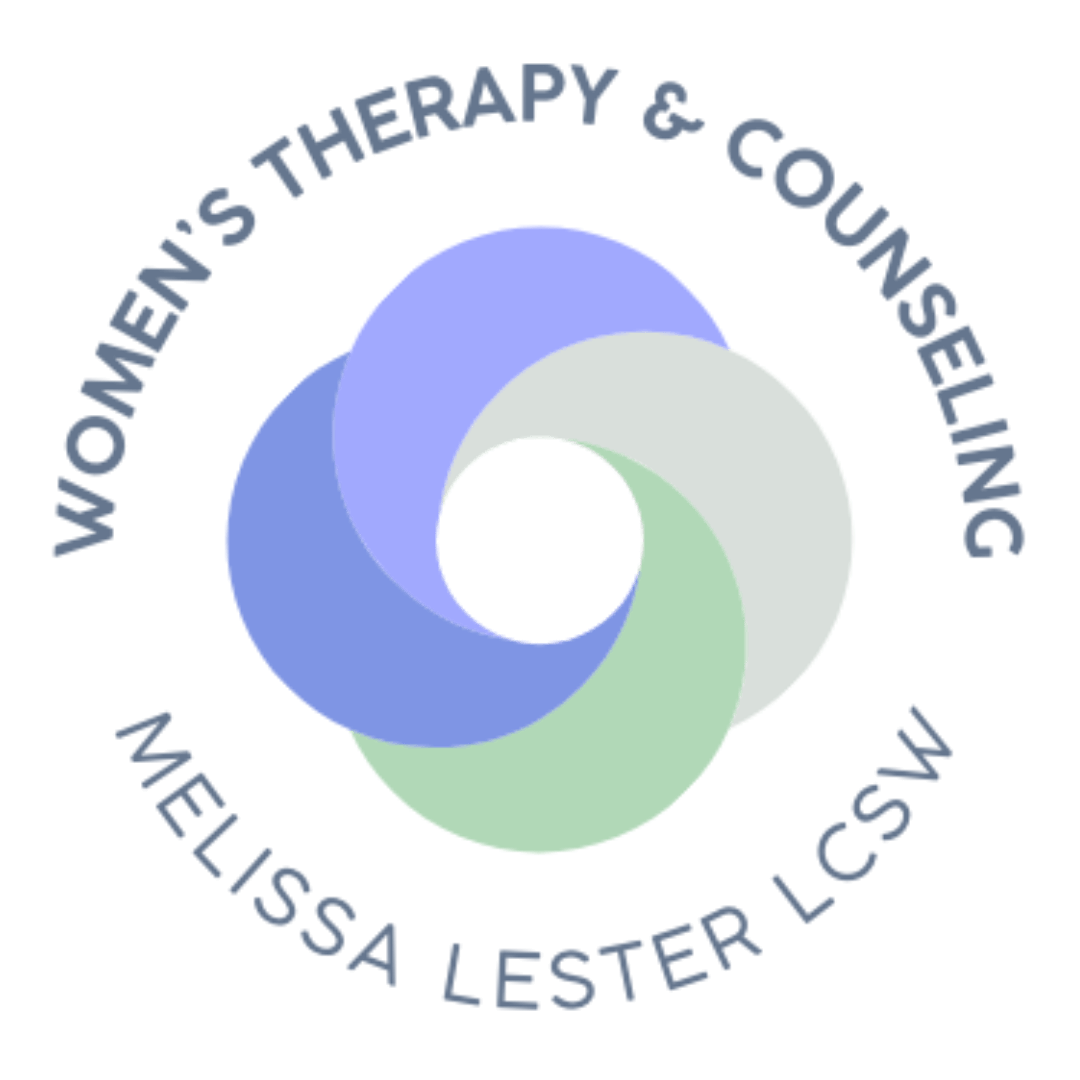Hypnosis & Hypnotherapy
Hypnosis and hypnotherapy are simply the use of trance to help you achieve your desired outcomes. Hypnosis and hypnotherapy can be used to eliminate unwanted behaviors, (cravings, addictions, habits) or to increase more desired traits and behaviors (self-esteem, physical activity, better quality sleep) and more. But what is trance, exactly?
What is Trance?
Our human brain is in and out of trance all day long. The American Psychological Association defines hypnosis as “A state of [awareness] involving focused attention and reduced [distraction] characterized by [greater suggestibility]. Essentially, hypnosis and hypnotherapy are a tool (and a bit of an art) used to 1) focus us on the issue we want to change, while 2) distracting us (in just the right way) enough to bypass any resistance to that change.
However, unlike in the movies, hypnosis and hypnotherapy do not require the drama of a pendulum or a swinging pocket watch. Trance is quite natural to our daily experience such as when we find ourselves at our destination but don’t remember driving there. When we become so engrossed in a movie or a book that our reality falls away, we have been in trance. Hypnotic trance simply accesses your subconscious by helping you bypass the critical, vigilant “gatekeeper” of your mind.
My use of trance and hypnosis in therapy is quite organic, subtle and deeply relaxing. I often find trance and hypnosis to be most effective when woven seamlessly and effortlessly into other approaches.
Importantly, you are always in control of yourself and your intentions. In other words, ‘all hypnosis is self-hypnosis.’ Above all, as with any good therapy and any good therapist, your agenda is the only agenda.
Hypnosis During Therapy
In fact, trance is often in the therapy room, whether ‘invited’ or not. For example, when a client and their therapist feel a strong connection during the intimate work of therapy, it can feel as though everything else outside the room falls away. Moving in and out of a naturally occurring trance state during a therapy session is not uncommon. I am happy to incorporate hypnosis and hypnotherapy into our work together, and often do, quite naturally. However, I do not use hypnosis as a stand-alone approach in my practice. If you are seeking hypnosis as a stand-alone approach, I am happy to refer you to practitioners who use hypnosis and hypnotherapy as their primary method.
Finally, I do encourage you to read the current research on hypnosis, by visiting The American Society for Clinical Hypnosis. You may also find reading about ‘self-hypnosis’ valuable. Please let me know if you have any questions about hypnosis, hypnotherapy or my use of trance in my therapy practice.

